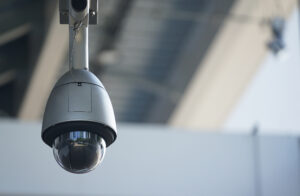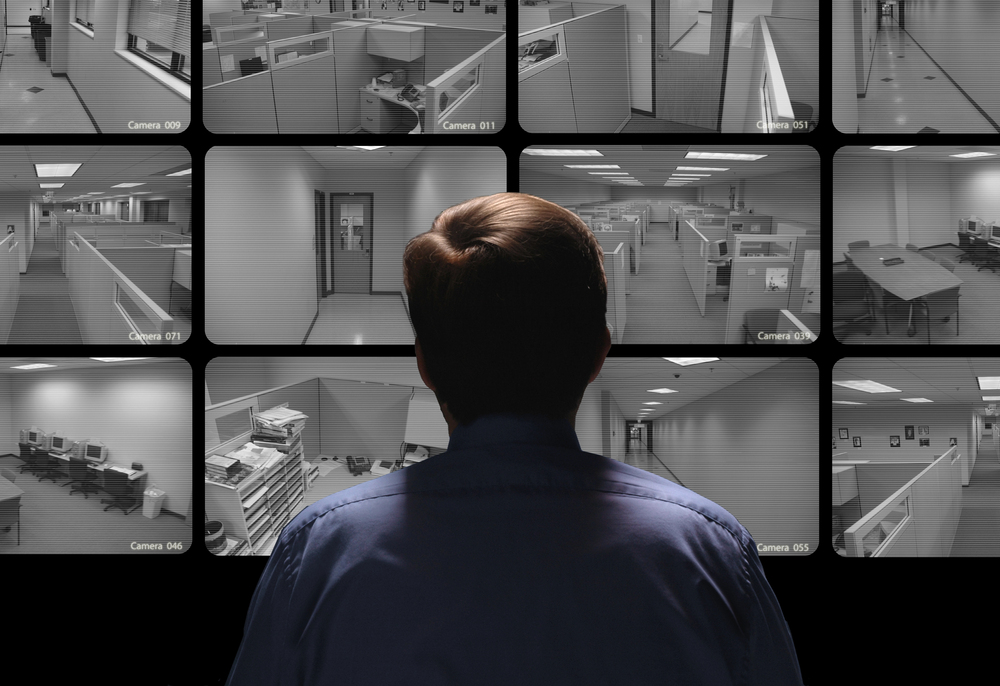When the last employee locks up and heads home, your business doesn’t stop being valuable. That’s precisely when it becomes most vulnerable. Criminal activity against businesses peaks during after-hours periods, with break-ins occurring 6 times more frequently at night than during business hours. Meanwhile, cyberattacks often happen when IT teams are off duty and security monitoring is minimal.
The question isn’t whether your business needs after-hours security—it’s whether you’re doing enough to protect everything you’ve built. A single security breach can cost small businesses an average of $200,000, and many never recover from the financial impact.
This comprehensive guide will walk you through proven strategies to fortify your business when you’re not there. From physical barriers that deter intruders to cybersecurity protocols that protect your digital assets, you’ll discover actionable steps that business owners across industries use to safeguard their operations around the clock.
Physical Security Measures That Work
Your first line of defense happens at the perimeter. Physical security creates tangible barriers between criminals and your assets, but only when implemented strategically.
Security Systems: Your Digital Watchdog 
Modern security systems do far more than sound an alarm. They create a comprehensive detection network that monitors, records, and responds to threats in real-time.
Start with a professionally monitored alarm system that covers all entry points. Motion detectors should be placed in high-value areas like cash handling zones, inventory storage, and server rooms. Glass break sensors add another layer of protection for windows and display cases.
Surveillance cameras serve dual purposes: they deter potential intruders and provide crucial evidence if incidents occur. Position cameras to cover entry points, parking areas, and blind spots. Choose systems with night vision capabilities and remote viewing options so you can check on your business from anywhere.
Don’t overlook environmental monitoring. Water leak detectors, temperature sensors, and smoke alarms protect against disasters that could destroy your business even without criminal activity.
Door and Window Reinforcement
Standard commercial doors and windows offer minimal resistance to determined intruders. Upgrading these entry points dramatically increases your security posture.
Replace hollow doors with solid core or metal doors. Install deadbolt locks with at least one-inch throws, and consider upgrading to smart locks that provide access logs and remote control capabilities. For high-risk businesses, security film on windows creates an invisible barrier that holds glass together even when shattered.
Consider the frame as well as the door itself. Reinforced strike plates and longer screws that anchor into wall studs prevent doors from being kicked in. For ground-floor windows, security bars or shutters provide physical barriers while maintaining the professional appearance of your business.
Strategic Lighting Solutions
Criminals prefer darkness, and proper lighting eliminates their advantage. Well-lit properties experience 39% fewer break-ins than poorly lit ones.
Install motion-activated LED lights around all building perimeters, focusing on entry points, parking areas, and potential hiding spots. Timer-controlled interior lights create the illusion of occupancy and help security cameras capture clear footage.
Consider solar-powered backup lighting systems that continue operating during power outages. Landscape lighting not only enhances security but also improves your property’s professional appearance for customers and employees.
Cybersecurity Protocols for 24/7 Protection
Physical security protects your tangible assets, but cybersecurity safeguards the digital infrastructure that modern businesses depend on. Cyberattacks don’t follow business hours, making robust digital defenses essential.
Securing Networks and Data
Your network infrastructure requires the same systematic approach as physical security. Start with a business-grade firewall that monitors and filters all incoming and outgoing traffic. Consumer-grade routers lack the security features and monitoring capabilities that businesses need.
Implement network segmentation to limit damage if one system becomes compromised. Separate guest Wi-Fi from business networks, and isolate critical systems like point-of-sale terminals and servers from general employee devices.
Encrypt sensitive data both in transit and at rest. This includes customer information, financial records, and proprietary business data. Cloud storage solutions with enterprise-grade encryption provide secure, remote access while protecting against local hardware failures.
Regular automated backups create recovery options when prevention fails. Store backups in multiple locations, including off-site cloud storage, and test restoration procedures quarterly to ensure they work when needed.
Employee Training on Cyber Threats
Your employees represent both your greatest cybersecurity asset and your biggest vulnerability. Human error accounts for 95% of successful cyberattacks, but proper training dramatically reduces this risk.
Conduct regular training sessions covering phishing emails, social engineering tactics, and safe password practices. Use real-world examples relevant to your industry to help employees recognize and respond to threats appropriately.
Establish clear protocols for handling sensitive information, including customer data and financial records. Employees should understand when and how to report suspicious activities or potential security incidents.
Consider simulated phishing tests to gauge employee awareness and identify individuals who need additional training. Many cybersecurity companies offer these services, providing detailed reports on your organization’s vulnerability levels.
Regular Software Updates and Patch Management
Outdated software creates entry points for cybercriminals. Establish systematic update procedures that address operating systems, applications, and security software across all business devices.
Enable automatic updates for critical security patches whenever possible. For business-critical systems that require manual oversight, schedule regular maintenance windows for updates and testing.
Maintain an inventory of all software and hardware assets, including version numbers and update status. This inventory helps ensure nothing falls through the cracks and provides valuable information during security audits.
Operational Procedures That Prevent Problems
Security technology provides the tools, but operational procedures determine how effectively you use them. Clear protocols eliminate confusion and ensure consistent security practices across your organization.
Key Management Systems 
Physical keys and digital access codes require systematic management to maintain security integrity. Uncontrolled access credentials create vulnerabilities that criminals can exploit.
Implement a key control system that tracks who has access to what areas and when. Electronic locks with audit trails provide detailed access logs and allow you to revoke credentials instantly when employees leave or change roles.
Establish procedures for issuing, tracking, and recovering keys or access cards. Regular audits help identify forgotten or unreturned credentials that could compromise security.
Consider master key systems that provide different access levels for different employee roles. Cleaning crews need different access than managers, and your security system should reflect these distinctions.
Visitor Management Protocols
Visitors, contractors, and delivery personnel need access to your business, but uncontrolled access creates security risks. Formal visitor management procedures balance accessibility with security requirements.
Require advance scheduling for non-emergency visits outside business hours. Verify the identity and purpose of unexpected visitors before granting access. Escort protocols ensure visitors only access appropriate areas and help prevent industrial espionage or theft.
Maintain visitor logs that record names, times, purposes, and areas accessed. These records prove valuable for investigations and help identify patterns that might indicate security concerns.
Emergency Response Protocols
Security incidents require immediate, coordinated responses. Pre-established protocols reduce confusion and minimize damage when emergencies occur.
Create written emergency procedures covering different scenarios: break-ins, fires, medical emergencies, and cyber incidents. Distribute these procedures to key employees and review them regularly during staff meetings.
Establish clear communication chains for different types of emergencies. Employees should know when to call the police, fire department, or their security monitoring company first.
Consider emergency contact trees that ensure key personnel are notified quickly, regardless of the time or day. Include backup contacts in case primary individuals are unavailable.
Your Next Steps to Complete Security
Securing your business after hours isn’t a single project—it’s an ongoing commitment that evolves with changing threats and business needs. The strategies outlined above provide a comprehensive foundation, but implementation requires careful planning and professional expertise.
Start by conducting a security audit of your current measures. Identify gaps in physical security, cybersecurity, and operational procedures. Prioritize improvements based on your specific risks and budget constraints.
Work with local security professionals who understand your area’s crime patterns and regulatory requirements. They can recommend solutions tailored to your industry and location while ensuring compliance with insurance and legal obligations.
Remember that the best security system is one that’s actively maintained and regularly updated. Schedule quarterly reviews of your security measures, and don’t hesitate to upgrade when new threats emerge or your business grows.
Your business represents years of hard work and investment. Protecting it properly after hours ensures that the investment continues growing for years to come. Take action now to implement these security measures—because the cost of prevention is always less than the cost of recovery.


